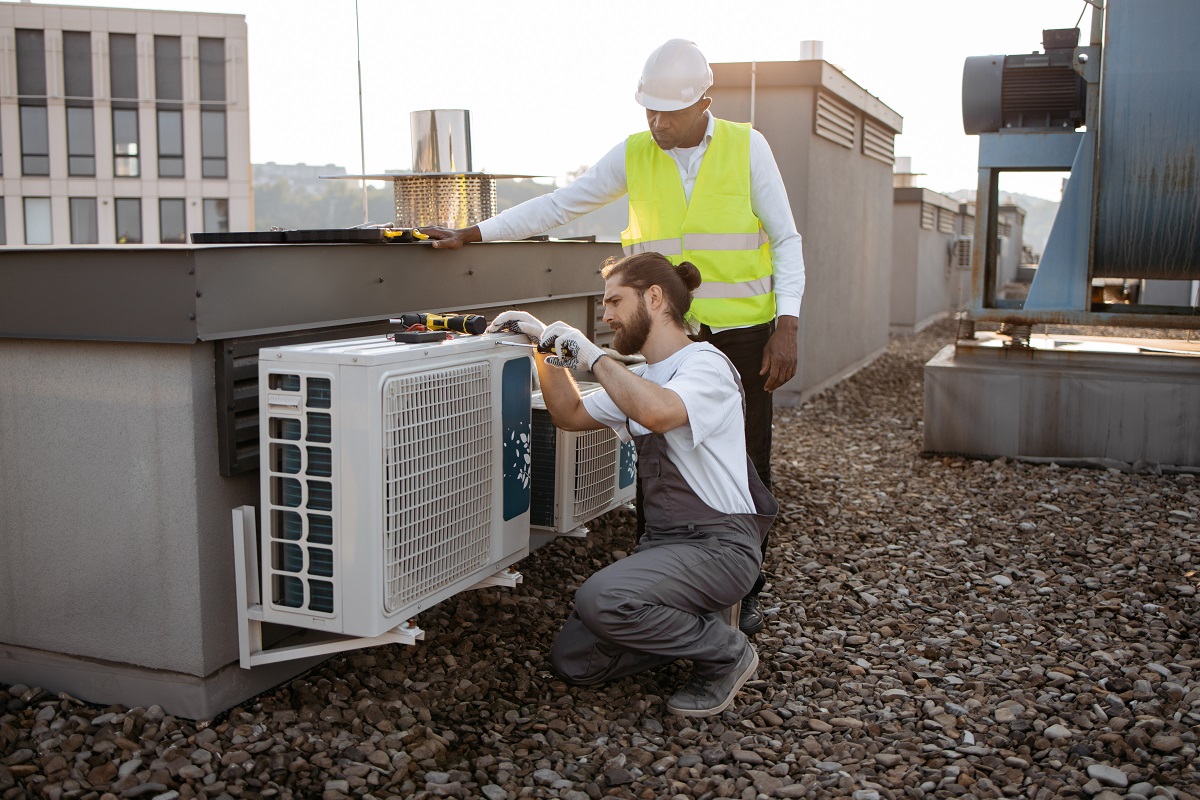HVAC Troubleshooting for Homeowners
By ciwg_CEO@906 at
Dec 05, 2023
When your home’s comfort is compromised by heating, ventilation, and air conditioning (HVAC) issues, knowing how to troubleshoot can save you time and discomfort. Loves Heating and Air, a leader among HVAC companies near me, offers professional insights into common HVAC troubles. With a focus on empowering homeowners, this article delves into heating issues, airflow problems, thermostat troubles, and decoding odd HVAC noises.
Heating Issues: Why Your Home Isn't Warming Up
Facing a chilly home can be frustrating, especially when your heating system is on but not effectively warming your space. A variety of factors may be at the root of this issue, including:
- Dirty filters: A clogged filter restricts airflow, significantly reducing heating efficiency. Regularly replacing or cleaning your HVAC filters can prevent this problem.
- Pilot light or ignition problems: In gas furnaces, problems with the pilot light or ignition system can stop the heating process. It’s essential to check if the pilot light is on or if the ignition system is functioning correctly.
- Thermostat settings: Make sure your thermostat is switched to the “heat” setting and that the temperature is adjusted to be higher than the ambient room temperature.
Loves Heating and Air recommends scheduling regular maintenance checks to prevent these common heating issues.
Air Flow Problems: Ensuring Proper Ventilation
Keeping adequate ventilation in your home is vital for preserving the efficiency of your HVAC system and the purity of your indoor air. Air flow problems can arise from a variety of sources, leading to uneven heating or cooling, increased energy usage, and discomfort. One common issue is blocked vents and registers, where furniture, rugs, or drapes obstruct the air flow, significantly reducing the system’s ability to distribute air effectively. Another significant concern is ductwork that is either leaking or blocked, which can divert or restrict the flow of air, undermining the system’s efficiency and your home’s comfort level. To combat these challenges and promote optimal air circulation, homeowners can take several proactive steps:
- Make certain that all vents and registers are free from any blockages to allow for free air movement.
- Regularly inspect and maintain ductwork to identify and repair any leaks or blockages.
- Consider professional duct cleaning if there is significant dust buildup or signs of blockages.
Addressing these key points helps in mitigating airflow problems, ensuring that your HVAC system operates as intended and maintains a comfortable, well-ventilated home environment.
Thermostat Troubles: Solutions and Tips
The thermostat acts as the command center for your HVAC system. When experiencing thermostat-related issues, consider the following tips:
- Check the power source: Ensure your thermostat is powered, whether it requires batteries or is hardwired.
- Correct mode and settings: Confirm that your thermostat is on the proper setting (either heating or cooling) and that the temperature is adjusted suitably for the current season.
- Calibration: Over time, a thermostat may become miscalibrated. Consider consulting with Loves Heating and Air for recalibration or upgrading to a smart thermostat for improved accuracy and efficiency.
Decoding HVAC Noises: From Bangs to Whistles
Deciphering the sounds emanating from your HVAC system is a critical aspect of HVAC troubleshooting. Sounds varying from bangs to whistles frequently act as initial signals of possible problems in your heating, ventilation, and air conditioning system. A bang or pop can signal the ductwork adjusting to temperature variations, experiencing expansion and contraction. This is relatively common but can sometimes indicate the need for insulation or duct reinforcement. Whistling sounds typically point towards airflow restrictions, such as a dirty filter or blocked vents, which are relatively simple to address by ensuring a clean air path. Rattling noises may indicate loose components within the system, suggesting that parts may need securing or replacement. To effectively address and decode these auditory cues, homeowners can follow a structured approach:
- Listen for bangs or pops which might indicate ductwork movement; consider insulation if these sounds are frequent or loud.
- Identify whistling sounds to find and remove airflow obstructions.
- Investigate rattling noises for potential loose parts within the HVAC system.
Understanding and acting upon these sounds not only aids in HVAC troubleshooting but also helps in maintaining the longevity and efficiency of your system, ensuring a comfortable home environment.
Troubleshooting your HVAC system doesn’t have to be daunting. By understanding common issues related to heating, airflow, thermostats, and system noises, homeowners can take proactive steps to maintain their comfort and system efficiency. For issues beyond basic troubleshooting, or for regular maintenance, contacting professional HVAC companies near me like Loves Heating and Air ensures your system operates at its best, providing peace of mind and a comfortable home environment.




